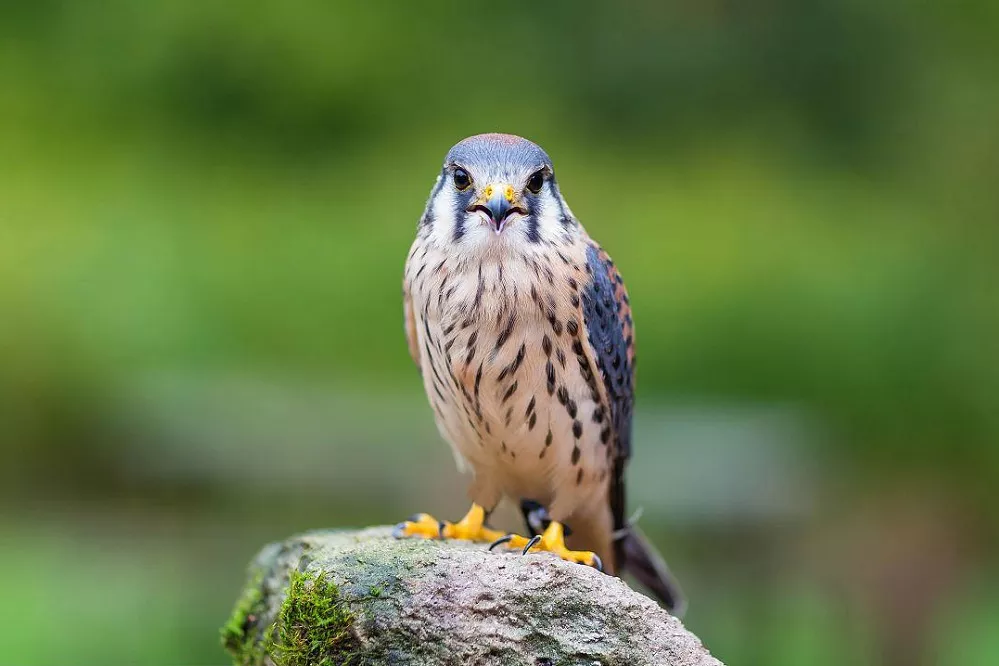The American Kestrel (Falco sparverius) is a small but mighty bird of prey, widely distributed in North and South America. Known for their striking appearance and impressive hunting skills, these falcons have captivated the attention of researchers and bird enthusiasts alike. In this article, we will explore the major characteristics that make the American Kestrel so unique and fascinating.
Appearance
American Kestrels are the smallest falcon found in North America, measuring around 8-12 inches in length and weighing only 3-4 ounces. They have a distinctive look, with rusty red backs and wings, slate blue heads, and black stripes under their eyes. Females have a larger wingspan than males. Their sharp, hooked beaks and powerful talons are perfectly adapted for capturing prey, making them formidable hunters.
Habitat and Range
These birds are highly adaptable and can be found in a variety of habitats, including grasslands, deserts, forests, and urban areas. They are widespread throughout North and South America, ranging from Alaska and Canada in the north to Chile and Argentina in the south.
Behavior and Diet
American Kestrels are agile hunters, typically hunting by perching on a high perch and scanning the surrounding area for prey such as insects, small mammals, and birds. When they spot their prey, they dive down at incredible speeds, often reaching up to 40 miles per hour, before grabbing it with their sharp talons. One interesting fact about American Kestrels is that they have the ability to see ultraviolet light, which is invisible to humans and many other animals. This unique ability allows them to see the urine trails left by small rodents, making them even more effective hunters.
Reproduction
American Kestrels are monogamous birds, meaning they mate for life. Breeding season typically occurs during the spring and summer months, with females laying clutches of 3-7 eggs. Both parents take turns incubating the eggs for around 28 days, and after hatching, they continue to care for their young until they are ready to fledge at around 30 days old.
Conservation Status
Unfortunately, American Kestrel populations have been declining in recent years due to habitat loss and pesticide use, among other factors. To help conserve these magnificent birds, conservation efforts are underway to protect their natural habitats and reduce the use of harmful pesticides. In addition, several organizations and citizen science programs exist to monitor kestrel populations and gather data to better inform conservation efforts.
Cultural Significance
In addition to their ecological importance, American Kestrels also play a significant role in cultural and artistic traditions. They have been featured in Native American folklore and are a popular subject for wildlife photographers and artists. Their striking appearance and impressive hunting skills have made them an icon of the bird world and a popular sight for bird watchers and nature enthusiasts.
Conclusion
The American Kestrel is a fascinating and important species that plays an essential role in ecosystems throughout North and South America. Their small size and impressive hunting skills make them one of the most unique and captivating birds of prey in the world. Through ongoing research and conservation efforts, we can work to protect and preserve these incredible birds for future generations to enjoy.
Related topics:


 Facebook
Facebook  Instagram
Instagram  Youtube
Youtube 